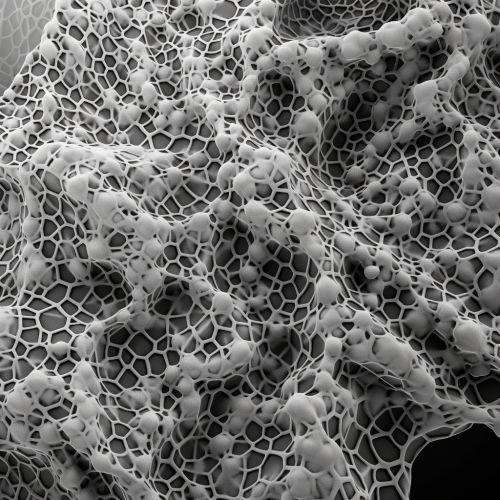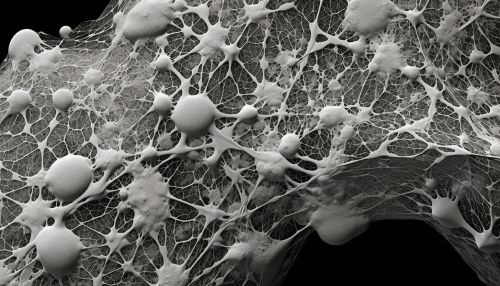Multivesicular Body
Overview
A multivesicular body (MVB) is a type of endosome with multiple internal vesicles that originate from the invagination and budding of the limiting membrane into the lumen of the endosome. The MVB pathway is a major route for the delivery of membrane proteins to the lysosome for degradation. MVBs are involved in numerous cellular processes, including protein sorting, signaling, and plasma membrane repair.
Formation
The formation of MVBs is a complex process that involves the invagination of the limiting membrane of the endosome, resulting in the formation of intraluminal vesicles (ILVs). This process is regulated by the endosomal sorting complex required for transport (ESCRT) machinery, which is composed of four complexes: ESCRT-0, -I, -II, and -III. These complexes work together to recognize ubiquitinated cargo, deform the endosomal membrane, and mediate the scission of ILVs.
Function
The primary function of MVBs is to sort ubiquitinated membrane proteins for degradation in the lysosome. This is accomplished through the ESCRT machinery, which recognizes and sorts ubiquitinated proteins into ILVs. Once the MVB fuses with the lysosome, the ILVs are released into the lysosomal lumen where they are degraded by lysosomal hydrolases.
In addition to protein degradation, MVBs are also involved in other cellular processes. For example, MVBs play a role in the downregulation of activated signaling receptors, thus terminating signal transduction. MVBs are also involved in the repair of the plasma membrane. When the plasma membrane is damaged, MVBs can fuse with the plasma membrane, releasing their ILVs to patch the damaged area.
Role in Disease
Abnormalities in the MVB pathway have been implicated in a number of diseases. For example, mutations in the ESCRT machinery have been linked to neurodegenerative diseases such as Alzheimer's and Parkinson's. In these diseases, the mis-sorting of proteins into MVBs leads to the accumulation of toxic protein aggregates in neurons.
MVBs are also hijacked by some viruses for their replication and release. For example, the human immunodeficiency virus (HIV) uses the MVB pathway for the budding and release of viral particles. In addition, some bacteria can survive and replicate within MVBs, avoiding degradation in the lysosome.


